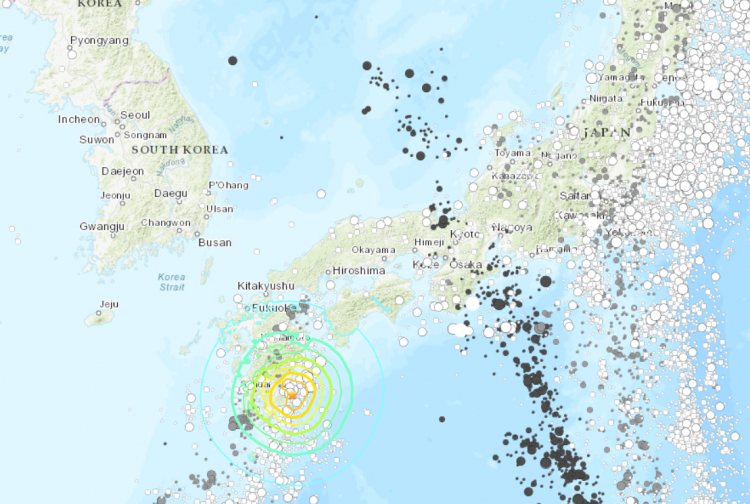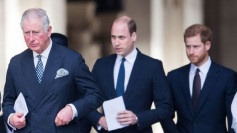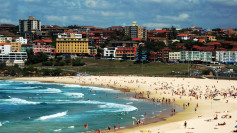Japan issued its first-ever warning about the potential for a "megaquake" after a powerful 7.1-magnitude earthquake struck off its southern coast on Thursday. The temblor, which hit the coast of Miyazaki Prefecture on the main island of Kyushu at 4:42 p.m. local time, triggered a tsunami advisory and sparked immediate emergency responses across the region.
According to the Japan Meteorological Agency (JMA), the earthquake occurred at a depth of approximately 18 miles. While there were no immediate reports of serious damage or widespread injuries, Chief Cabinet Secretary Yoshimasa Hayashi confirmed that three people had been injured. These injuries included two older women who fell and a female factory worker struck by a falling object.
Hayashi also noted that the region had not experienced any blackouts or significant disruptions to water or communication systems. "There have been 10 reports of damage, but we urge residents to stay away from the coastline as a precaution," he said.
In an emergency meeting, seismologists analyzed whether the quake had affected the nearby Nankai Trough, a source of past devastating earthquakes. The JMA subsequently issued a "mega earthquake caution," indicating a relatively higher likelihood of a large quake in the near future, though not guaranteeing one.
Prime Minister Fumio Kishida emphasized the need for vigilance. "We ask all citizens to carefully check every new information issued by the government, reconfirm their daily earthquake preparedness, and be ready to evacuate immediately in the event of an earthquake," Kishida stated at a news briefing.
Earlier, officials had issued a tsunami advisory for the coastal areas of Kochi and Miyazaki prefectures, urging residents to evacuate until the advisory was lifted. Tsunami waves of up to 1.6 feet were detected along parts of Kyushu's southern coast and the nearby island of Shikoku about half an hour after the quake.
The immediate physical impact of the earthquake appeared to be relatively minor. Police in Miyazaki Prefecture reported some landslides and malfunctioning traffic lights, while NHK reported broken windows at Miyazaki Airport, which temporarily closed its runway for inspections. In neighboring Kagoshima Prefecture, concrete walls collapsed and a wooden house was damaged.
The Nuclear Regulation Authority confirmed that all 12 nuclear reactors on Kyushu and Shikoku remained safe. This reassurance comes amidst ongoing concerns about nuclear safety in the earthquake-prone region, a sensitivity heightened since the Fukushima disaster in 2011.
Japan's position on the Pacific 'Ring of Fire' makes it one of the most earthquake-prone countries in the world. Historical context adds gravity to any seismic activity; a 9.0-magnitude earthquake in 2011 led to a devastating tsunami and the Fukushima nuclear disaster, resulting in more than 15,000 deaths. Another significant earthquake in the north-central region of Noto earlier this year left over 240 people dead.
In the wake of Thursday's quake, Japanese authorities are on high alert. The JMA's advisory of a heightened risk for a larger earthquake near the Pacific coast has prompted renewed emphasis on preparedness. "We must be prepared for the possibility of another significant earthquake," Hayashi stressed.
Prime Minister Kishida's travel plans are under review in light of the earthquake. He was scheduled to visit Nagasaki to mark the 79th anniversary of the U.S. atomic bombing, followed by visits to Kazakhstan, Uzbekistan, and Mongolia. "I will decide on my travel plans based on the situation," Kishida remarked.
As Japan navigates the aftermath of the quake, the government's response underscores the critical balance between immediate action and long-term vigilance. With the memory of past disasters ever-present, Japan continues to enhance its preparedness for future seismic events.






